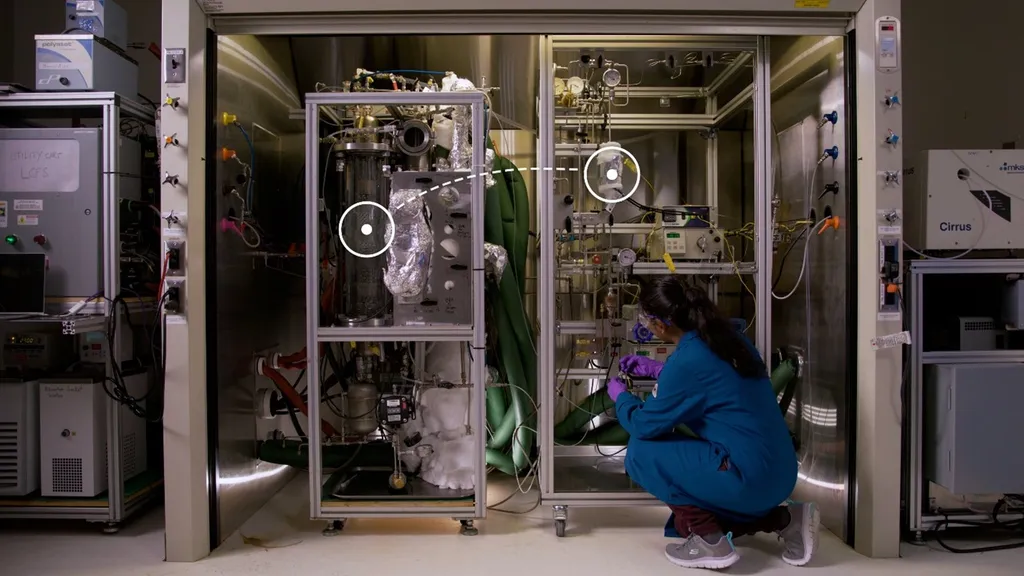Researchers from the Pacific Northwest National Laboratory (PNNL), including Austin McDannald, Daniel W. Siderius, Brian DeCost, Kamal Choudhary, and Diana L. Ortiz-Montalvo, have developed new metrics to evaluate solid sorbent materials used in Direct Air Capture (DAC) systems. Their work, published in the journal Nature Communications, aims to improve the efficiency of DAC technologies, which are crucial for mitigating climate change by capturing carbon dioxide (CO2) directly from the atmosphere.
The team introduced new metrics that provide a theoretical upper bound on the amount of CO2 that can be captured per unit of energy, as well as a theoretical upper limit on the purity of the captured CO2. These metrics are based on intrinsic material properties and are independent of the specific design of the DAC system. This means they can be applied to any adsorption-refresh cycle design, making them versatile tools for evaluating and optimizing DAC technologies.
The researchers demonstrated the use of these metrics using temperature-pressure swing refresh cycles, a common method for regenerating sorbent materials. To apply these metrics, they generated approximations of the necessary material properties for 1,160 metal-organic framework (MOF) materials. MOFs are a class of highly porous materials known for their ability to capture and store gases.
The study revealed that the performance of sorbents is highly dependent on the path through thermodynamic parameter space, such as temperature and pressure. The new metrics allow for two key applications: finding the optimum materials for a given refresh cycle and identifying the optimum refresh cycles for a particular sorbent.
Key insights from the research include the finding that starting the capture process at lower temperatures improves performance, as the equilibrium uptake of CO2 diverges from that of nitrogen (N2) at lower temperatures. Additionally, the study found that the selectivity of CO2 versus other gases at any one point in the cycle is less important than the relative change in uptake along the cycle.
These findings have practical implications for the energy industry, particularly in the development of more efficient and cost-effective DAC technologies. By optimizing both the materials and the refresh cycles, the energy sector can enhance the performance of DAC systems, making them a more viable solution for carbon capture and storage. This, in turn, can contribute to the reduction of greenhouse gas emissions and the mitigation of climate change.
The research was published in the journal Nature Communications, providing a valuable resource for scientists and engineers working on DAC technologies and other carbon capture and storage solutions.
This article is based on research available at arXiv.

